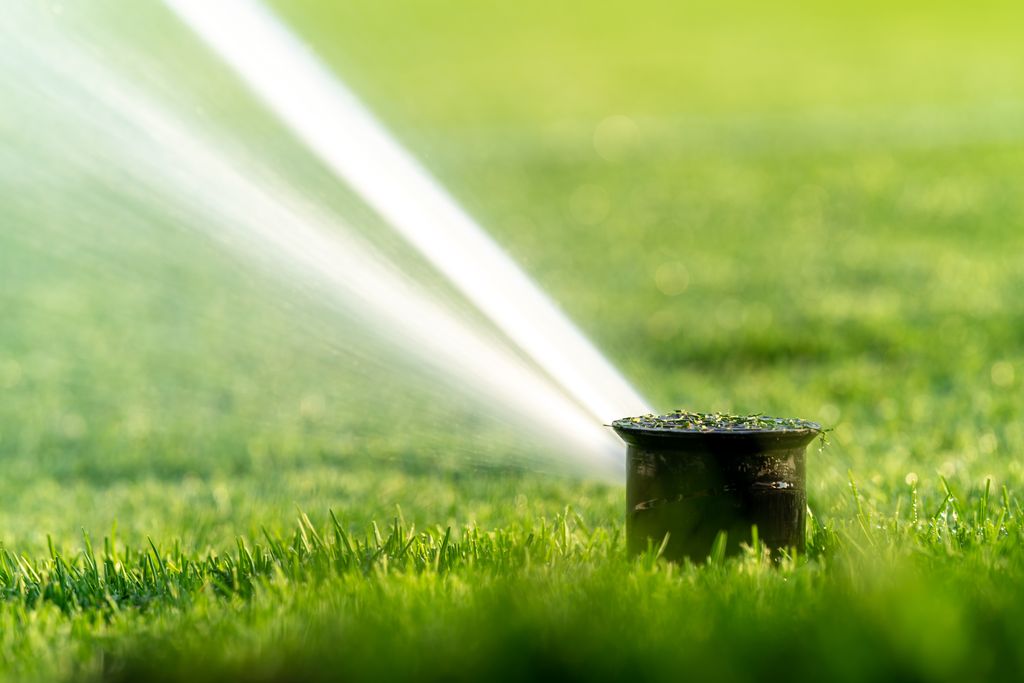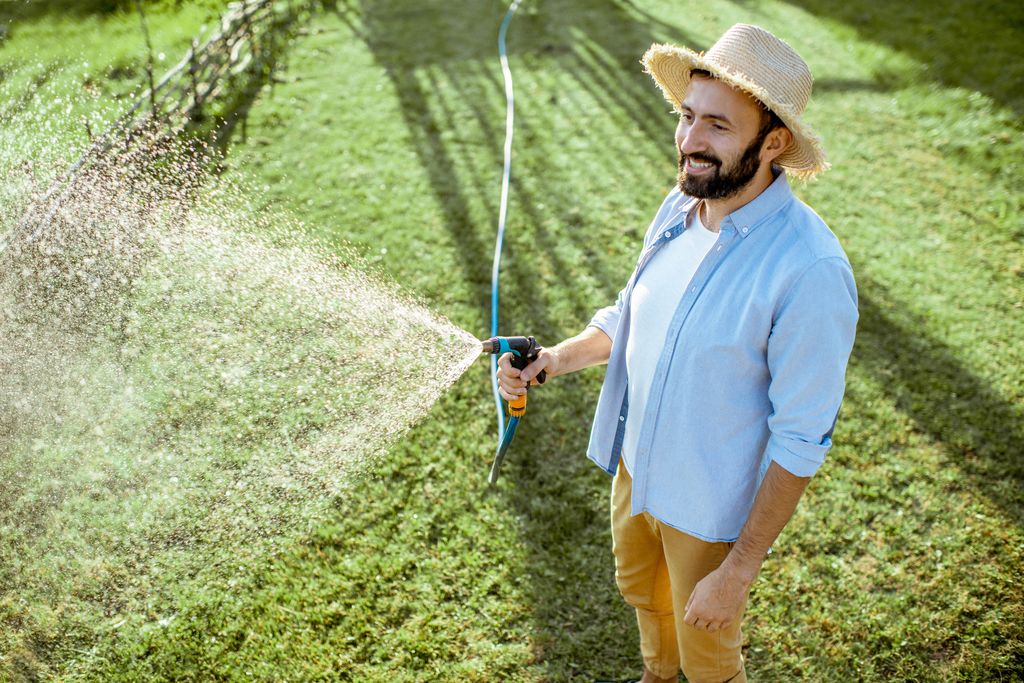- Understanding Lawn Irrigation: What It Is and How It Works
- The Efficiency of Lawn Irrigation: Water Conservation Benefits
- Time Savings with Automated Lawn Irrigation
- Enhancing Lawn Health Through Smart Lawn Irrigation
- Lawn Irrigation and Cost Savings: A Long-Term Investment
- Environmental Impact of Lawn Irrigation Systems
- Customization Options for Lawn Irrigation
- Final Thoughts
- F.A.Q
This post contains affiliate links. As an Amazon Associate, I earn from qualifying purchases at no additional cost to you.
Understanding Lawn Irrigation: What It Is and How It Works
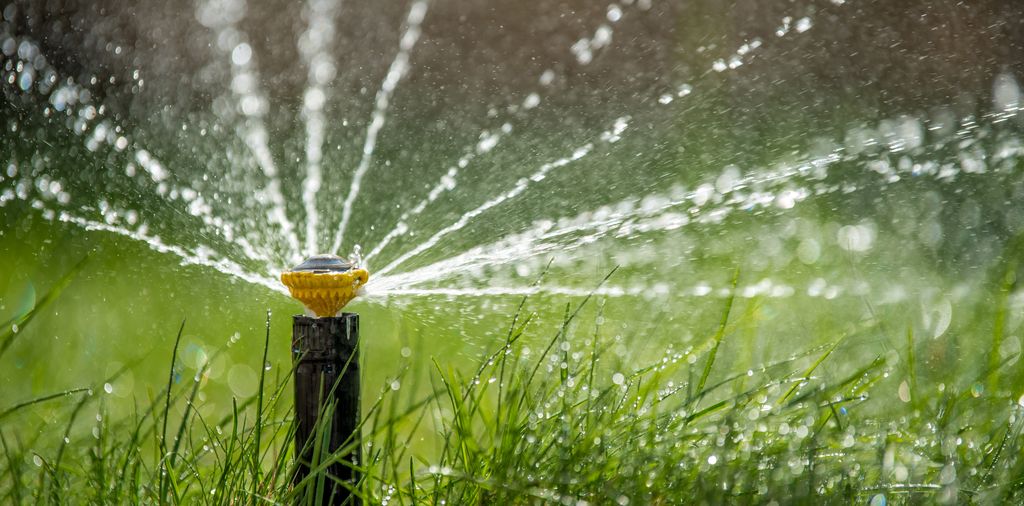
When I first got into lawn care, I quickly realized that keeping my grass vibrant and green heavily depended on understanding lawn irrigation.
Essentially, lawn irrigation is the process of applying controlled amounts of water to your lawn to ensure it gets the moisture it needs to thrive.
It’s not just about keeping the grass alive; it’s about creating a lush, healthy environment that can withstand the heat of summer or the chill of winter.
Types of Irrigation Systems
There are several types of irrigation systems available, and each has its perks. Here are a few that I’ve used over the years:
- Sprinkler Systems: These are probably the most common. I remember installing my first sprinkler system and how satisfying it was to see the arcs of water dancing across my yard. They can be stationary or movable and are perfect for covering large areas.
- Drip Systems: If you have flower beds or gardens, drip systems are fantastic. They deliver water directly to the base of the plants, minimizing evaporation. I installed a drip system in my vegetable garden, and I was amazed at how much water I saved while keeping my plants happy.
- Soaker Hoses: Similar to drip systems, soaker hoses allow water to seep through the hose itself, efficiently watering a garden bed without needing significant pressure. I often use these around my shrubs, and they work wonders.
Overview of Automated Systems
Automated irrigation systems have transformed my lawn care routine.
These systems can be programmed to water at specific times, ensuring my grass gets the right amount of hydration without me having to lift a finger.
I love how I can set it to run early in the morning before the sun gets too high, reducing water loss due to evaporation.
Pro Tips:
- Regularly check your irrigation system for clogs or leaks. I once faced a dry patch in my yard because of a small crack in a hose that I overlooked.
- Adjust the timing based on the season. In the summer, I might water every day, while in the cooler months, I cut back significantly.
With a little attention and care, your lawn irrigation system can make a world of difference in the health of your grass!
The Efficiency of Lawn Irrigation: Water Conservation Benefits
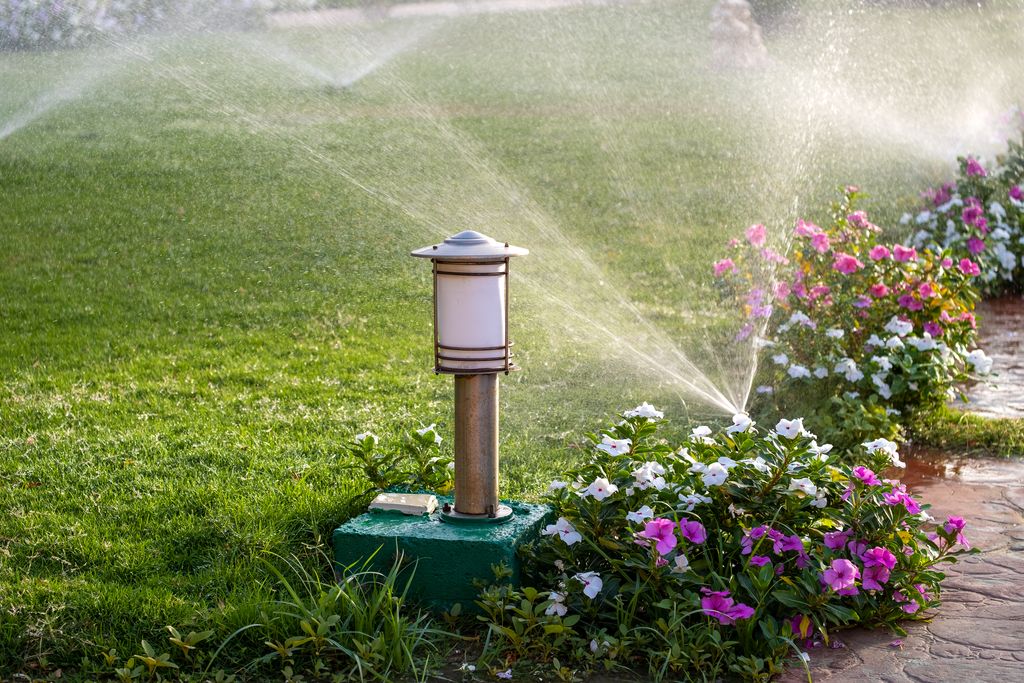
When it comes to watering our lawns, I’ve seen firsthand how choosing between automated and manual watering can significantly impact water conservation.
Initially, I was all about the good old-fashioned hose, thinking I could control exactly how much water I was using. But after some trial and error, I realized that automated systems are a game changer.
Comparison of Automated vs. Manual Watering
Automated Watering:
- Set schedules
- Customize watering times
- Reduce the likelihood of overwatering
Manual Watering:
- Requires constant attention
- Difficult to maintain consistency
- Higher chance of wasting water
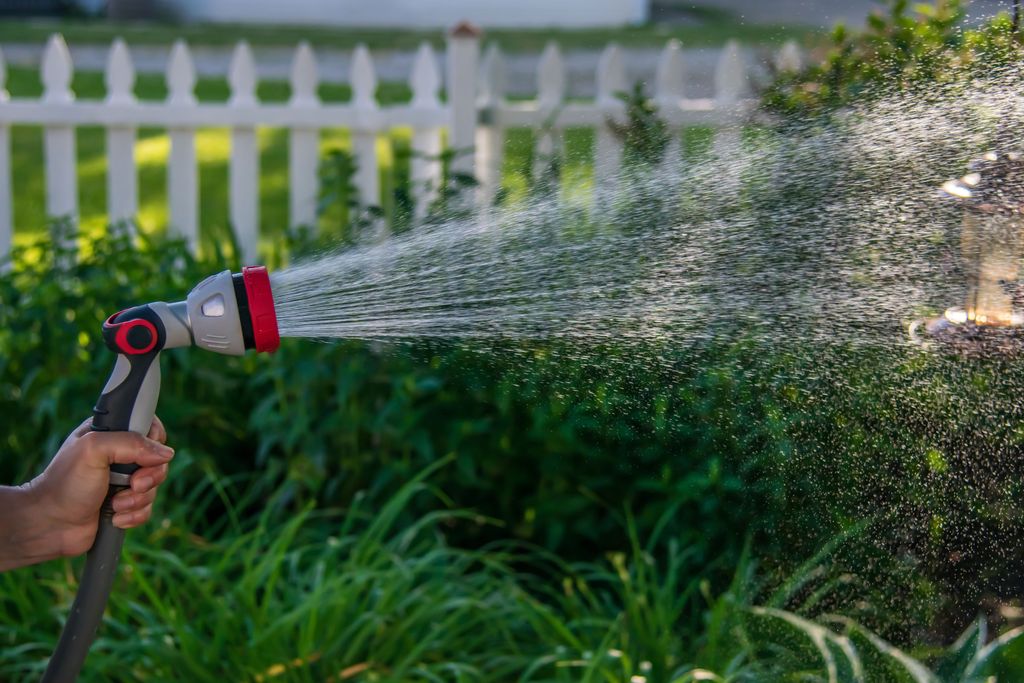
I remember one summer when I was manually watering my lawn. I’d start strong, but then life got busy, and I’d forget to water.
Before I knew it, my grass was parched, and I was wasting gallons trying to bring it back.
Switching to an automated system not only saved water but also saved me time and stress.
How Automated Systems Minimize Water Waste
Automated systems are equipped with smart technology that detects the moisture level in the soil.
If it’s raining or if the ground is already saturated, these systems adjust accordingly.
I was amazed when my system skipped watering during a rainy spell, which meant no more soggy patches or unnecessary water waste.
The Impact of Proper Lawn Irrigation on Local Water Resources
Proper lawn irrigation doesn’t just benefit our lawns; it helps our local water resources as well.
By reducing excess water runoff, we can help prevent erosion and pollution in nearby streams and rivers.
I’ve even noticed a difference in the health of my local environment since making these changes.Pro Tips:
- Consider installing a rain sensor for your automated system.
- Regularly check your system for leaks or malfunctions to ensure efficiency.
- Group your irrigation zones based on plant needs to optimize water use.
By making these small changes, I’ve seen not only a healthier lawn but also a more sustainable approach to water use in my community.
Time Savings with Automated Lawn Irrigation
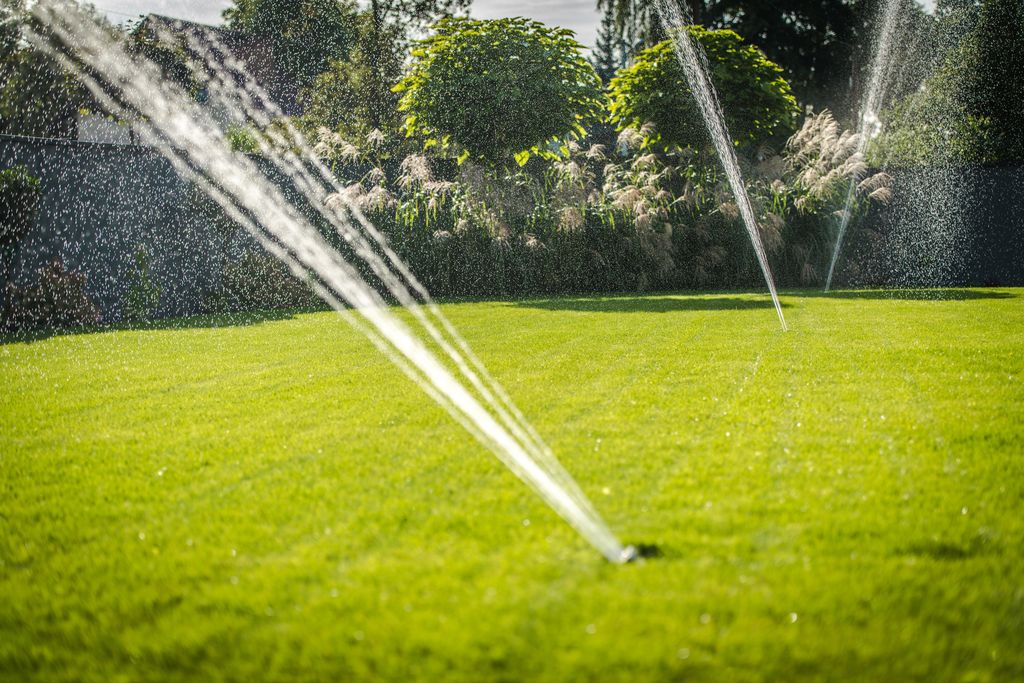
Automated lawn irrigation systems have truly transformed the way I manage my yard.
Before I installed one, I spent countless hours dragging hoses around, trying to get every corner of my lawn adequately watered.
Now, my system takes care of it for me, allowing me to spend my weekends enjoying my outdoor space rather than maintaining it.
Scheduling Capabilities for Optimal Watering
One of the best features of automated irrigation systems is the ability to set a watering schedule.
I remember the first time I programmed mine.
It was as easy as pie! I could choose early morning or late evening watering, which is best for conserving water and preventing evaporation.
I even set it to adjust based on rainfall, so I never had to worry about overwatering or wasting resources.
This flexibility not only keeps my lawn lush but also eliminates the stress of remembering to water each day.
Reduced Need for Manual Labor
Gone are the days of manually dragging hoses or constantly checking soil moisture levels.
With this system, I barely lift a finger!
The sprinkler heads pop up and distribute water evenly across my lawn, which means I can finally enjoy my weekends without the worry of a wilting yard. Plus, I’ve noticed that my grass looks healthier and more vibrant than ever.
Pro Tips:
If you’re considering an automated lawn irrigation system, make sure to invest in one with smart technology. Some systems can connect to your phone, allowing you to monitor and adjust watering schedules remotely. This way, you can control your watering even when you’re not home!
Enhancing Lawn Health Through Smart Lawn Irrigation
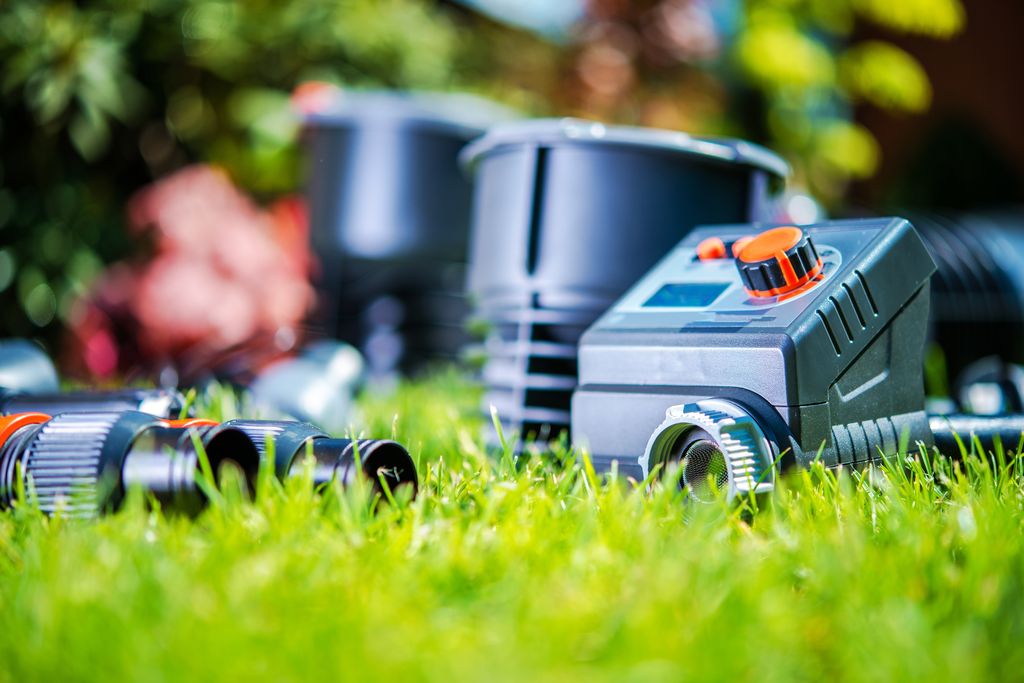
Consistency and Precision in Watering
One of the biggest challenges I faced when I started caring for my lawn was ensuring I was watering it consistently. It’s easy to forget about your lawn when life gets busy.
I found that setting a schedule made a huge difference. Regular watering not only promotes deeper root growth but also enhances the overall health of the grass.
A good rule of thumb has been to water early in the morning or late in the afternoon to reduce evaporation.
Preventing Overwatering and Underwatering
Over time, I learned that overwatering can be just as harmful as underwatering.
I made the mistake of thinking that more water equaled a greener lawn.
Instead, I ended up with soggy patches and even some fungal issues.
By keeping an eye on the weather forecast and adjusting my watering accordingly, I’ve managed to maintain a healthier lawn.
When it rains, I skip watering entirely, which saves water and keeps my grass happy.
Pro Tips:
- Water once or twice a week, providing about an inch of water each time.
- Check the soil moisture by sticking your finger an inch into the ground. If it’s dry, it’s time to water.
The Role of Sensors in Maintaining Optimal Soil Moisture Levels
Investing in soil moisture sensors has been a game-changer for my lawn care routine.
These nifty devices provide real-time data on soil moisture levels, allowing me to water only when necessary.
I remember one particularly hot summer when I relied heavily on these sensors.
They helped me avoid those pesky underwatering days, and my grass thrived, looking lush and green.
By implementing smart lawn irrigation, I’ve noticed a significant improvement in my lawn’s health. Consistency, precision, and the right technology can truly transform your outdoor space into a beautiful and thriving oasis.
Lawn Irrigation and Cost Savings: A Long-Term Investment
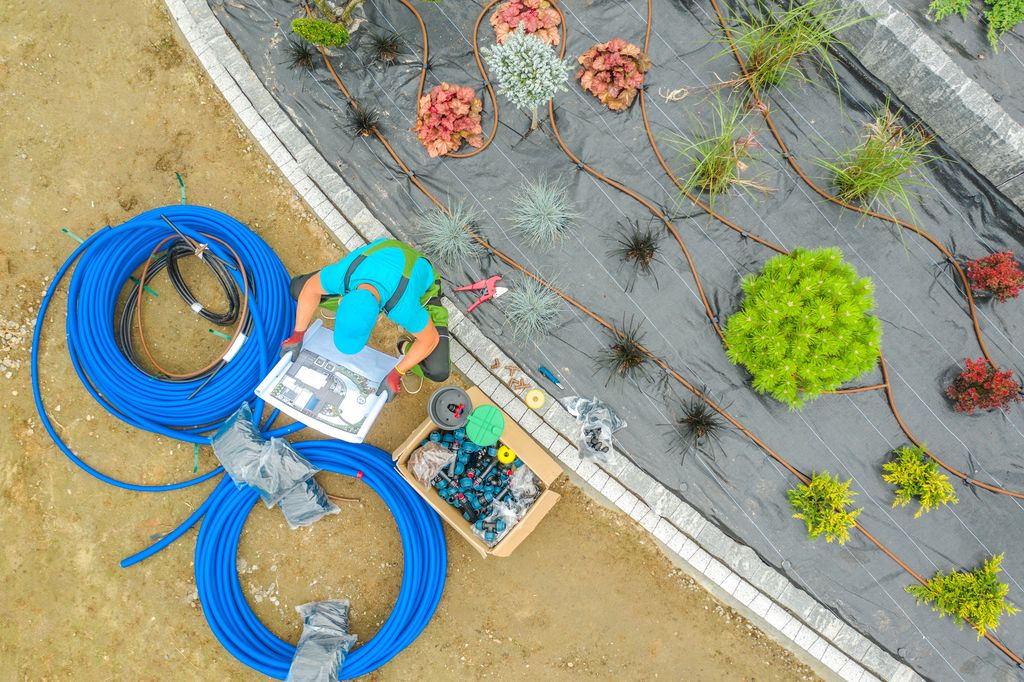
When I decided to invest in a lawn irrigation system, I knew the initial costs might seem a bit daunting. But let me tell you, the long-term savings are worth every penny.
In the beginning, I spent a chunk of my budget on setting up the system, but I quickly realized that this was more than just an expense; it was a smart investment.
Initial Costs vs. Long-Term Savings
-
Initial Costs:
- Purchase of irrigation system: $1,500 – $3,000
- Installation: $500 – $1,500 (if hiring professionals)
-
Long-Term Savings:
- Reduced water bills: I noticed a drop of about 30% in my monthly water bill during the summer months.
- Efficient watering: The system delivers water directly to the roots, avoiding waste.
One afternoon, I remember calculating how much I spent on watering my lawn with a hose.
It was staggering! After installing my irrigation system, I not only saved money but also had a greener lawn without the hassle.
Increased Property Value
A well-maintained lawn can significantly increase your property value.
When friends visited and saw my lush, green yard, they often commented on how inviting it was.
I even received unsolicited offers from neighbors who wanted to buy my home just because of the beautiful lawn!
Pro Tips:
- Consider installing a smart irrigation controller. It automatically adjusts watering schedules based on weather conditions, ensuring your lawn gets just the right amount of water.
- Regularly check for leaks or clogs in your system. Keeping everything in good working order maximizes your investment and further reduces costs.
Investing in lawn irrigation has transformed both my yard and my wallet, making it a decision I wholeheartedly recommend to any homeowner!
Environmental Impact of Lawn Irrigation Systems
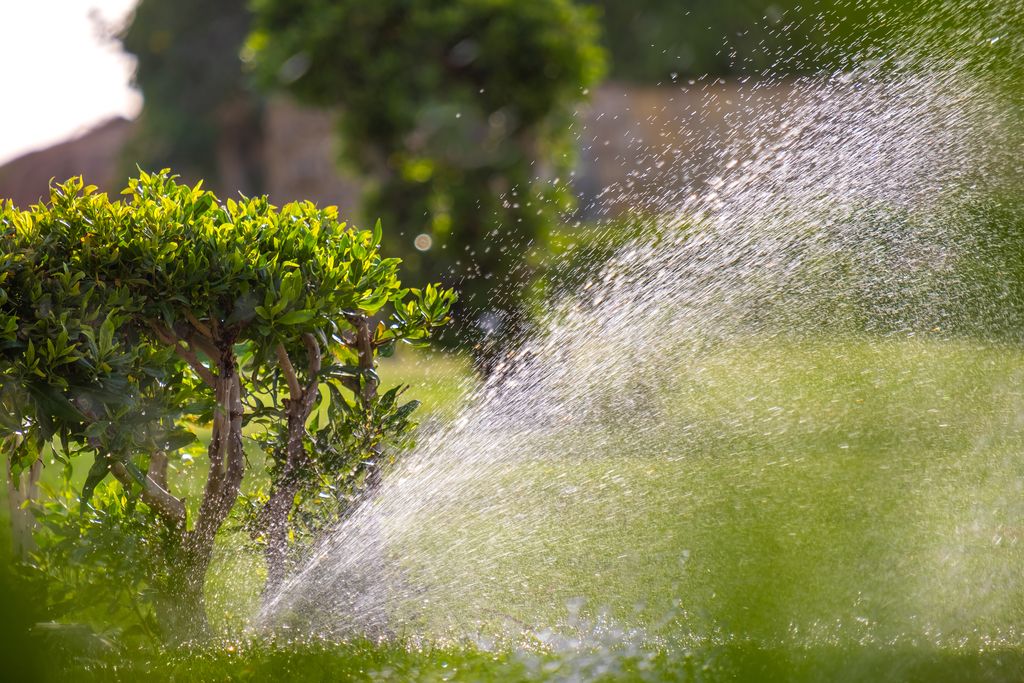
Benefits of Using Sustainable Practices
When I first started caring for my lawn, I quickly realized that sustainable practices not only help the environment but also save me time and money.
For instance, using native plants in my garden has reduced the need for excessive watering. Native plants are already adapted to the local climate, which means they thrive without much extra help.
This approach has made my garden more resilient and beautiful!
How Automated Systems Can Reduce Runoff and Erosion
One of the best investments I made was installing an automated irrigation system.
These systems are designed to water my lawn and garden at optimal times, ensuring that the water goes right where it’s needed.
This has significantly cut down on runoff and erosion in my yard.
I used to see water pooling in certain areas after heavy rains, but now, with the automated system, I don’t have that problem anymore.
Pro Tips:
Consider setting your system to run early in the morning or late in the evening. This timing helps reduce evaporation, ensuring that more water reaches your plants.
Advantages of Integrating Rain Sensors and Weather Forecasting
Integrating rain sensors into my irrigation system has been a game changer.
These sensors automatically shut off watering when it rains, preventing unnecessary water usage.
Plus, I’ve recently started using weather forecasting tools that sync with my irrigation system. They adjust watering schedules based on upcoming weather conditions.
This means my lawn gets the right amount of water, and I no longer have to guess when to turn on or off the system.
Benefits of rain sensors:
- Conserves water
- Prevents overwatering
- Helps maintain a healthy lawn
By embracing these sustainable practices and technologies, I’ve seen a positive impact on both my lawn and the environment.
Customization Options for Lawn Irrigation
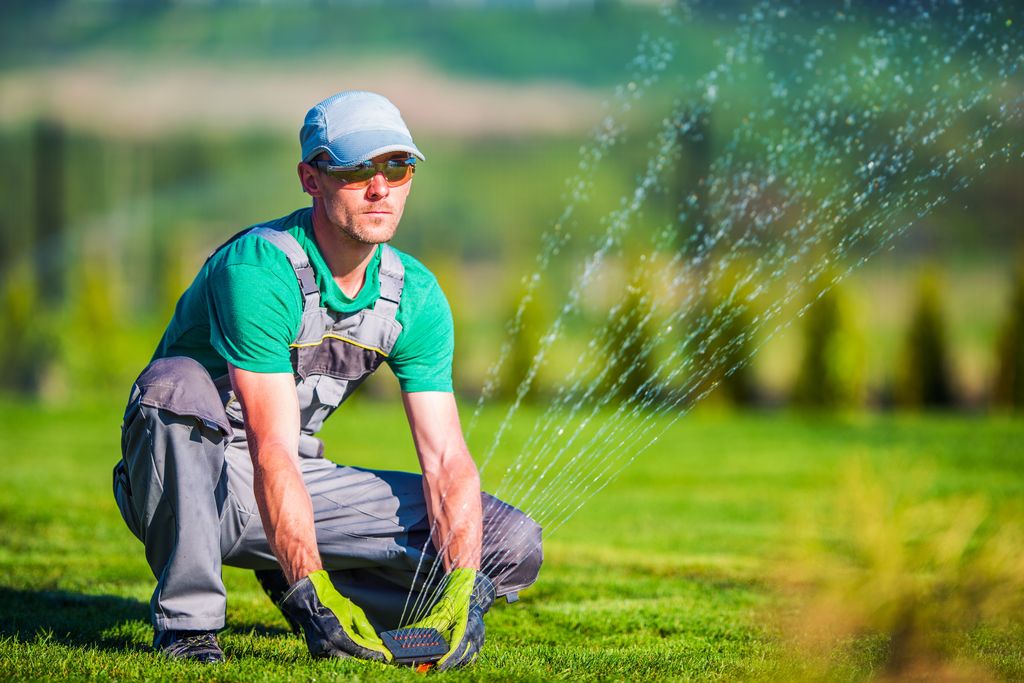
When it comes to lawn care, one size definitely does not fit all—especially when we discuss irrigation systems.
I learned this firsthand while trying to keep my own lawn green and healthy during the scorching summer months.
Tailoring your irrigation system to meet the specific needs of your lawn can make a world of difference.
Understanding Your Lawn’s Needs
Every lawn has its own unique characteristics, from soil type to sun exposure.
For example, I noticed that one section of my yard was always damp, while another was bone dry.
This inconsistency prompted me to investigate customizable irrigation options.
Here are some factors to consider when customizing your irrigation system:
- Soil Type: Sandy soils drain quickly and may need more frequent watering, while clay soils retain moisture longer.
- Sunlight Exposure: Areas that receive full sun may require more water than shaded spots.
- Plant Types: Different plants have varying water requirements, so it’s essential to tailor your system accordingly.
Smart Irrigation Controllers
One of the best investments I made was installing a smart irrigation controller.
These systems adjust watering schedules based on weather forecasts and soil moisture levels. If it rains, the system automatically cuts back on watering, which saves water and money.
Pro Tips:
- Take advantage of rain sensors for even more efficiency. They prevent your system from running during downpours.
- Consider drip irrigation for flower beds and vegetable gardens, as it delivers water directly to the roots, minimizing waste.
Zoning Your Lawn
Another effective strategy is zoning your lawn.
This involves dividing your yard into sections, each with its own watering schedule. I created zones based on sun exposure and plant types, and the results were remarkable.
My lush green patches flourished while the drier areas got the attention they needed.
By customizing your lawn irrigation system, you can ensure that each part of your yard receives the right amount of water—leading to a healthier, more vibrant lawn.
Final Thoughts
In conclusion, mastering the art of lawn irrigation is essential for creating and maintaining a lush, healthy yard.
From understanding the various types of irrigation systems—like the efficiency of sprinkler, drip, and soaker hose systems—to the benefits of automation, it’s clear that making informed choices can significantly enhance your lawn’s vitality.
By embracing smart irrigation technology, you not only conserve water but also save time, allowing you to enjoy your outdoor space without the burden of constant maintenance.
Customization is key; knowing your lawn’s specific needs can lead to better water management, preventing overwatering and ensuring that every blade of grass gets the care it deserves.
If you’re inspired to take your lawn care to the next level, why not start small? Assess your current watering routine and consider how you can implement some of the tips shared.
Whether it’s investing in an automated system or simply adjusting your watering schedule, every little change can lead to noticeable improvements.
Let’s keep the conversation going! Share your own lawn care experiences or ask questions about irrigation in the comments below. Your journey to a healthier lawn starts here!
F.A.Q
What are the main benefits of automated lawn irrigation systems?
Automated lawn irrigation systems provide several advantages, such as conserving water, ensuring consistent watering schedules, and promoting healthier plants. They help you save time and effort while keeping your lawn looking its best.
How do automated watering systems help with water conservation?
Automated watering systems use smart irrigation technology that adjusts watering based on weather conditions and soil moisture levels. This means they only use the amount of water needed, reducing waste and helping to conserve this precious resource.
Can I set a schedule for my automated lawn irrigation system?
Yes! One of the key benefits of irrigation scheduling is that you can customize when and how much water your lawn receives. This allows you to water during the coolest parts of the day, minimizing evaporation and maximizing efficiency.
What role does smart irrigation technology play in lawn care automation?
Smart irrigation technology connects to weather forecasts and sensors to optimize watering. This means your lawn gets the right amount of water at the right time, which promotes healthier grass and reduces the need for constant manual adjustments.
Are automated lawn irrigation systems worth the investment?
Absolutely! While there is an initial cost, the long-term benefits include reduced water bills, less time spent on lawn care, and improved plant health. Plus, these irrigation solutions are designed to save you time and hassle, making them a smart choice for any homeowner.

